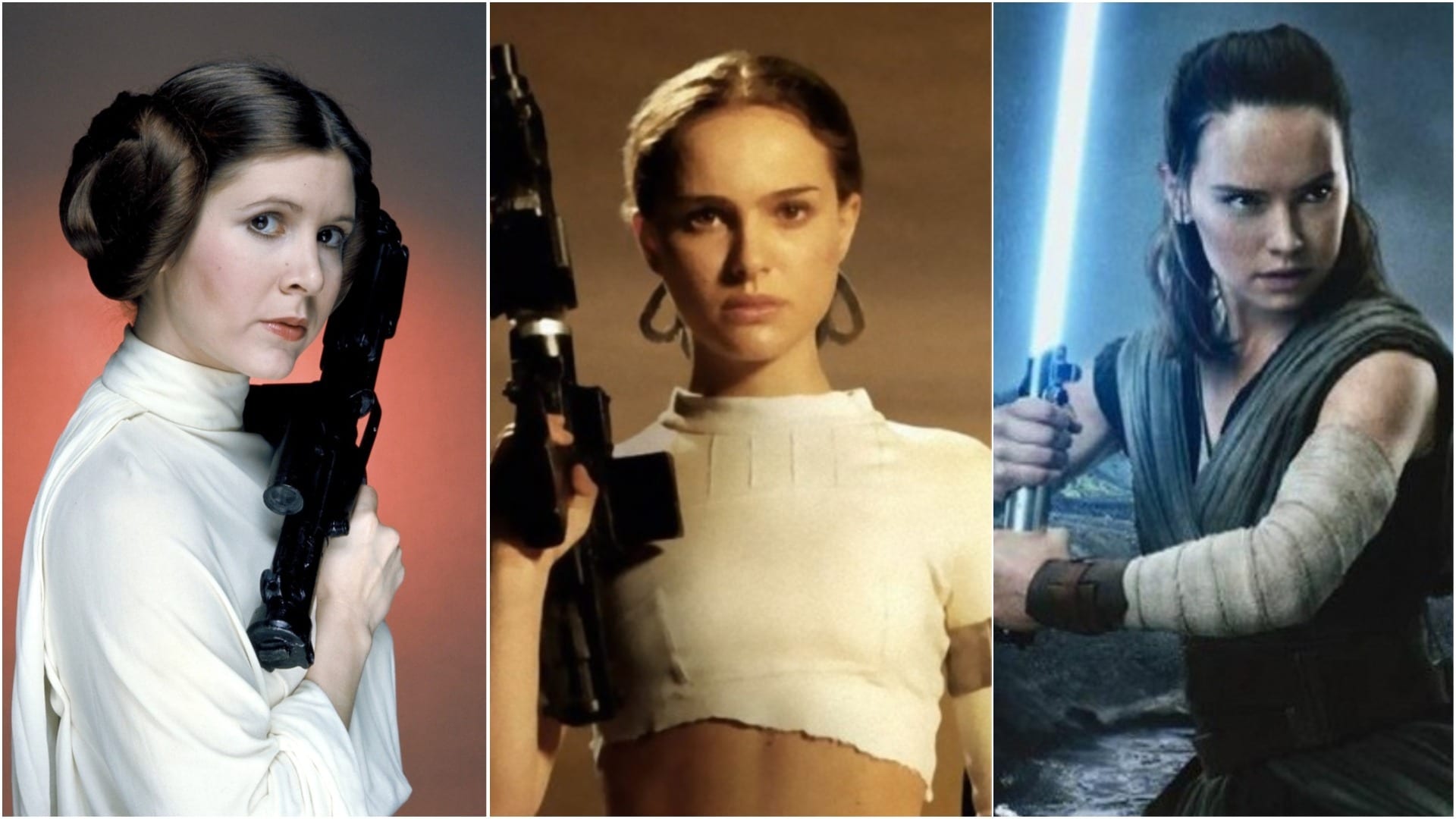As the famous line from Obi-Wan Kenobi goes: “You were meant to bring balance to the Force, not destroy it!” If only Disney had listened.
We all live in a (white) man’s world, and things are not so different in a galaxy far, far away…
After speaking out on his experience in Star Wars, John Boyega opened up a can of worms. Rightfully so, he was critical about the way the franchise treated its POC characters. Both he and Kelly Marie Tran were cruelly marketed by Disney. They were displayed to be more important than what they actually were in the movies. Clearly, they focused more on Rey’s (Daisy Ridley) and Kylo Ren’s (Adam Driver) character arcs throughout the three sequels.
‘What I would say to Disney is do not bring out a Black character, market them to be much more important in the franchise than they are and then have them pushed to the side,’ said Boyega during his interview with GQ. ‘You knew what to do with these other people, but when it came to Kelly Marie Tran — when it came to John Boyega — you know fu*k all.’
‘They gave all the nuance to Adam Driver, all the nuance to Daisy Ridley. Let’s be honest.’
The main problem with this is that the narrative was ‘controlled’ by fans online for the sequels, through online abuse and threats. It was hard enough for minorities, but it was twice as hard for women. Both Kelly Marie Tran and Daisy Ridley had to delete Instagram after Star Wars ‘fans’ targeted sexist and racist abuse towards the two actresses under their unrelated social media posts.
The question is: why do these men (because let’s be honest, most of these online abusers are men trying to ‘make Star Wars great again’) feel entitled to bully these women out of the industry? Especially when one of the main characters of the original films was the strong, independent woman that is Princess Leia?
I would say it’s because they’ve never imagined women as being able to lead the Rebellion against the Empire. Even though Leia starts as a strong character, she quickly becomes the love interest of Han Solo. This leads to the writers sidelining her somewhat. They struggled to find a balance between strong heroine and damsel in distress. At one point, she fulfils the fantasy of millions of fans when she’s made to wear a bikini in Return of the Jedi.
Padmé Amidala faced a similar fate in the Star Wars prequels. We get to know her as a strong queen and successful senator and politician. However, by the second episode of the franchise, she becomes the love interest of the (in)famous Anakin Skywalker.
You could say that Star Wars writers redeemed themselves by hiring Daisy Ridley as the protagonist for the sequel films. That said, if they attempted to find a balance in the Force gender gap, they failed.
The writers at the LA Times spent weeks analysing how many words each character has in the Star Wars universe up until Episode VIII, The Last Jedi. Surprisingly, the result impressed me.
Rey’s word count per movie in The Force Awakens and The Last Jedi is 958. Which, doesn’t seem like a lot. However, it is, comparatively, with Padmé Amidala’s 837 in the prequels and Princess Leia’s shocking 602 in the original films.
But here’s where it gets interesting. If they actually used Rey as a way to redeem the male-dominated franchise, they miserably failed in their attempt. Despite being able to use a lightsaber without any previous training, Rey’s dialogue is more infrequent than her male counterparts. Her 958 words per movie count are crushed completely by Luke Skywalker (1,360) and his father Anakin Skywalker (1,443!!!).
Word count aside, their efforts to make the franchise more inclusive are appreciated. This is despite the odd fan trying to bully them out of the whole industry. Sadly, sometimes the writers’ room is dominated by men and it shows. In their efforts to portray a strong and independent woman, they get a little too carried away with the ‘strong’ part. This results in a character that has no fear, no regrets and knows already what to do and how to do it. Rey’s training is pretty much useless compared to Luke Skywalker’s.
Often, these women are also fighting for the right cause and sacrificing themselves for the greater good. For example Vice Admiral Holdo, a character we don’t know and have no connection with, stepping in as Leia’s deputy and sacrificing her own life for the cause. We also don’t see a properly evil woman in any of the Star Wars films. They did try with Captain Phasma (Gwendoline Christie) but her limited 3:30 minutes of screen time somehow wasn’t enough. Really, she’s not that terrifying at all, despite Christie being an incredible actress.
The risk of male-dominant writers’ rooms is that female characters have no depth and can become boring and monotonous. It’s time to bring balance both on-screen and off-screen in the industry. Otherwise, every effort made to bring incredible characters to life is going to be completely wasted. Not everything has to have perfect balance, but little girls around the world need a hero they can look up and relate to. Someone who shows them how to be strong and fearless. But also, someone who knows that it’s okay to fail, cry and learn, as nothing comes easy in life.
Words by Federica Battiato
